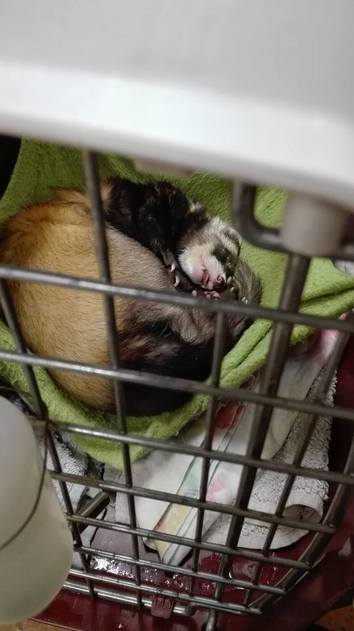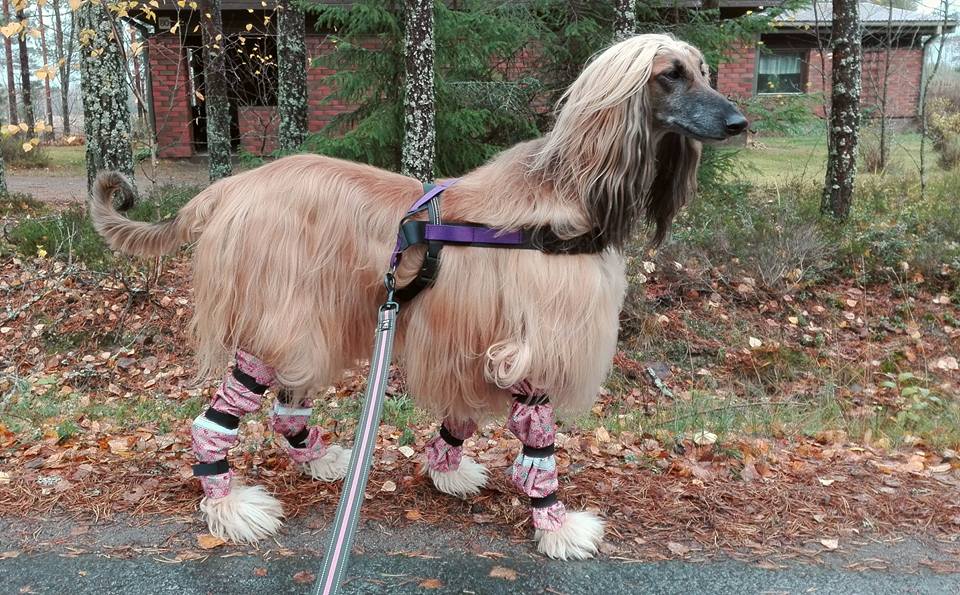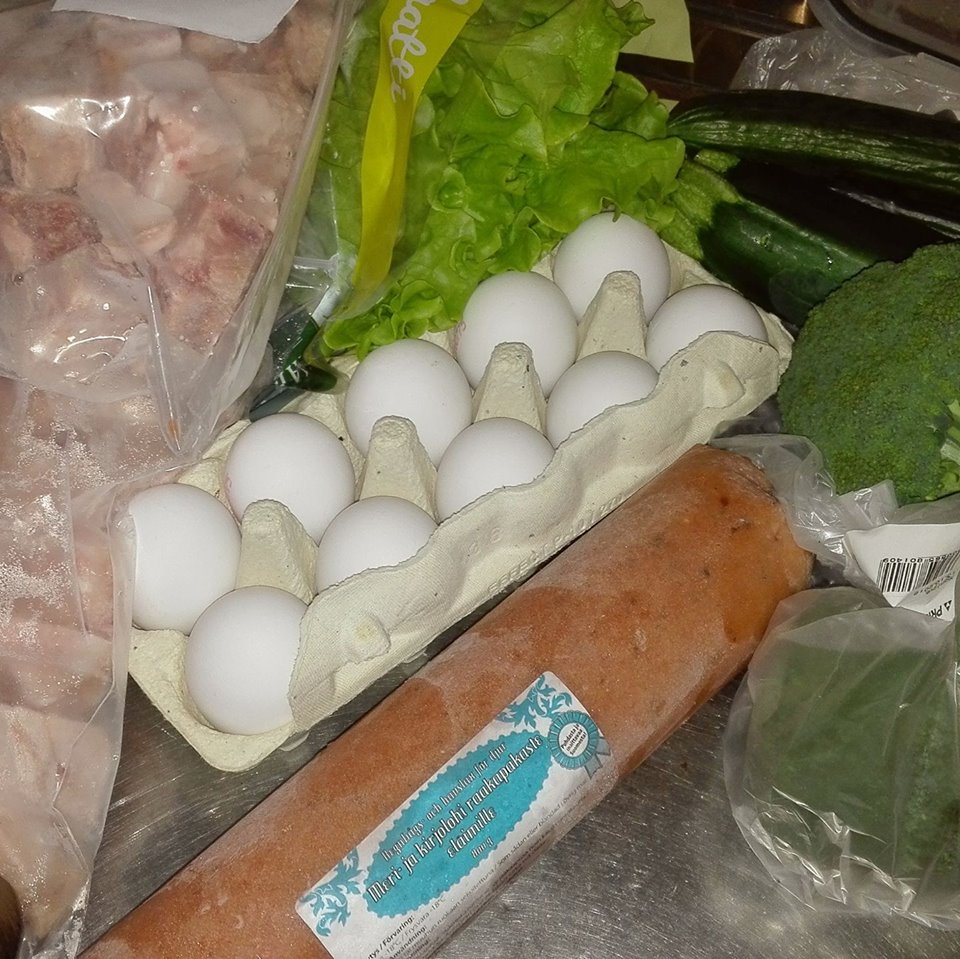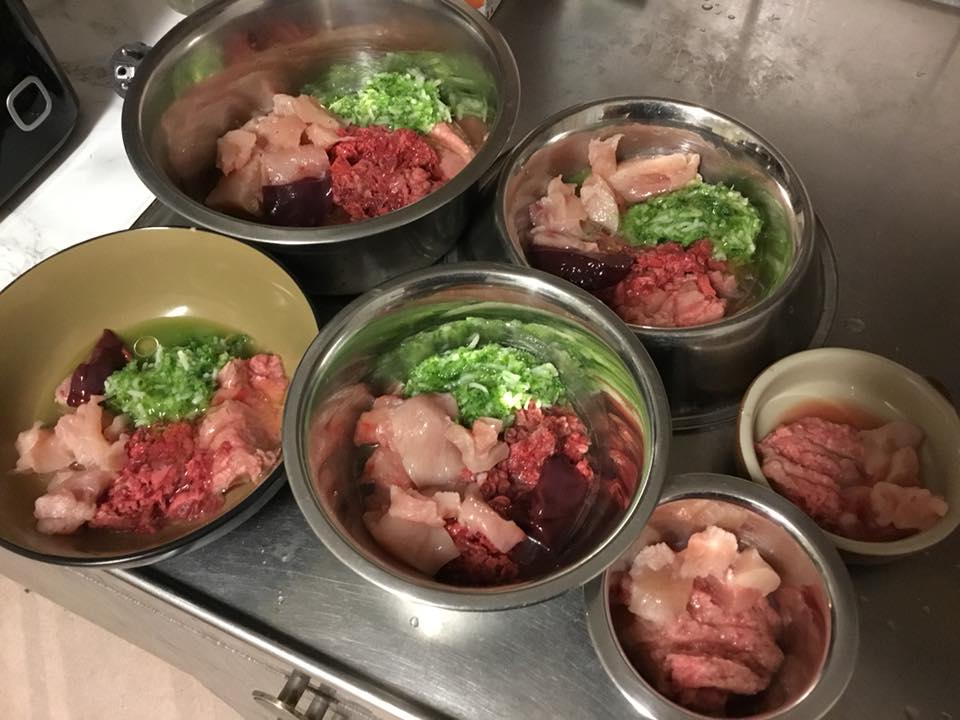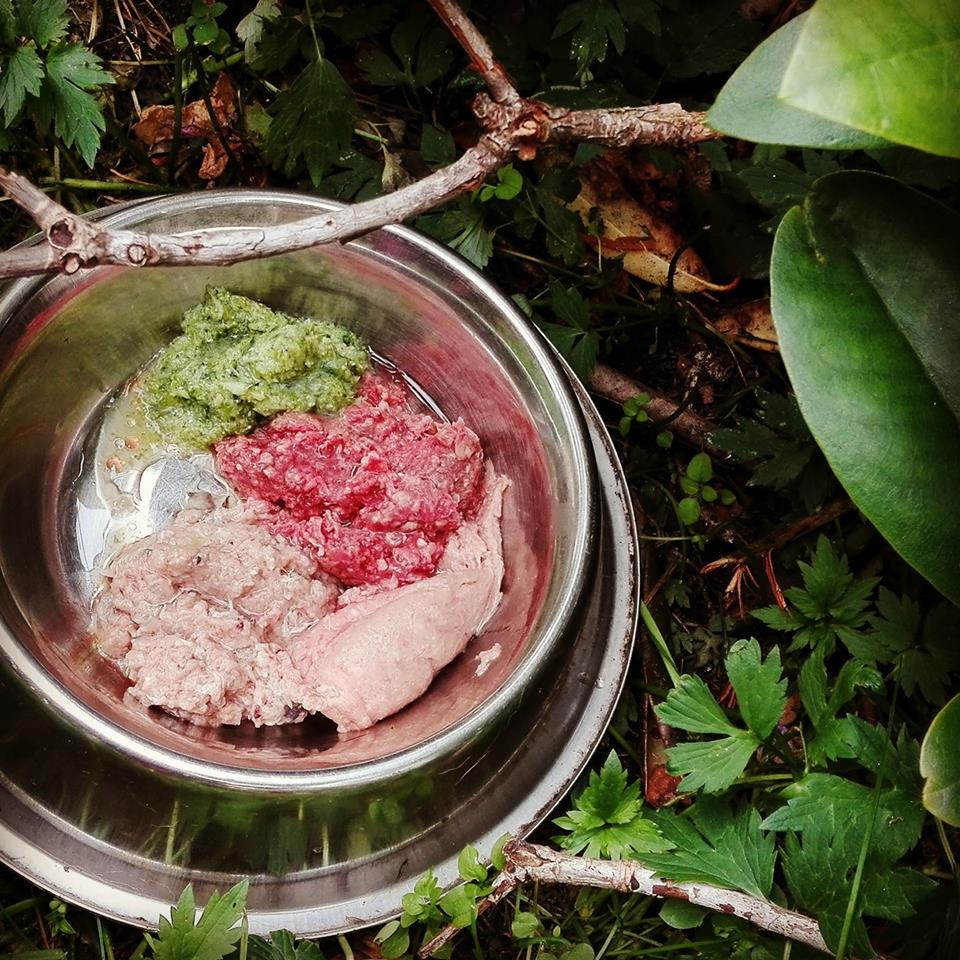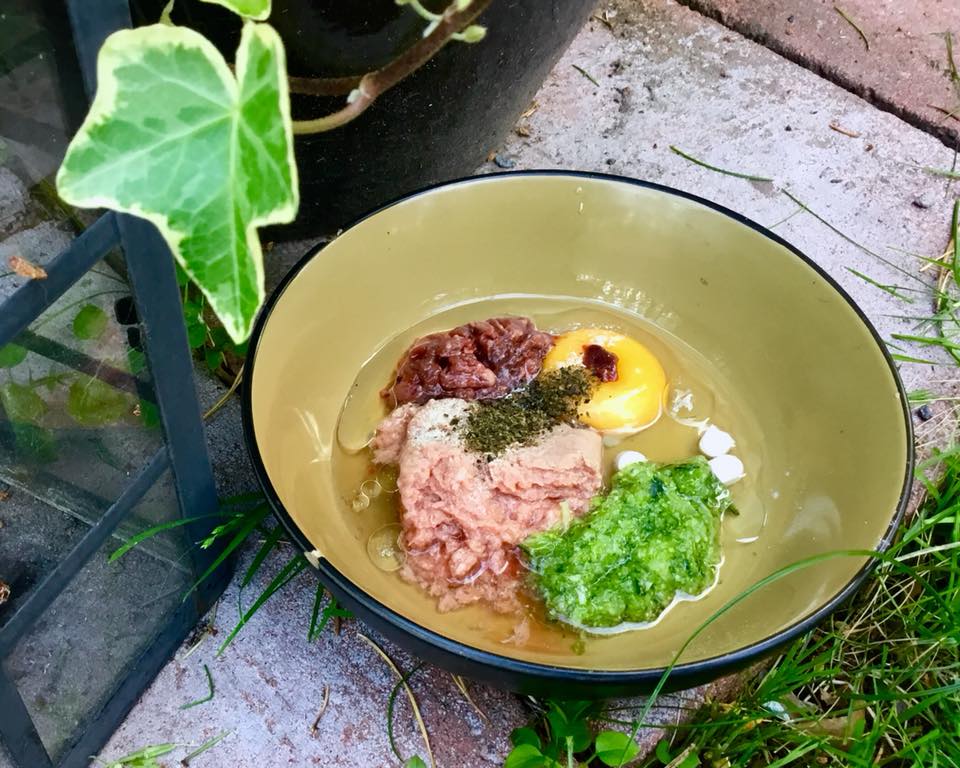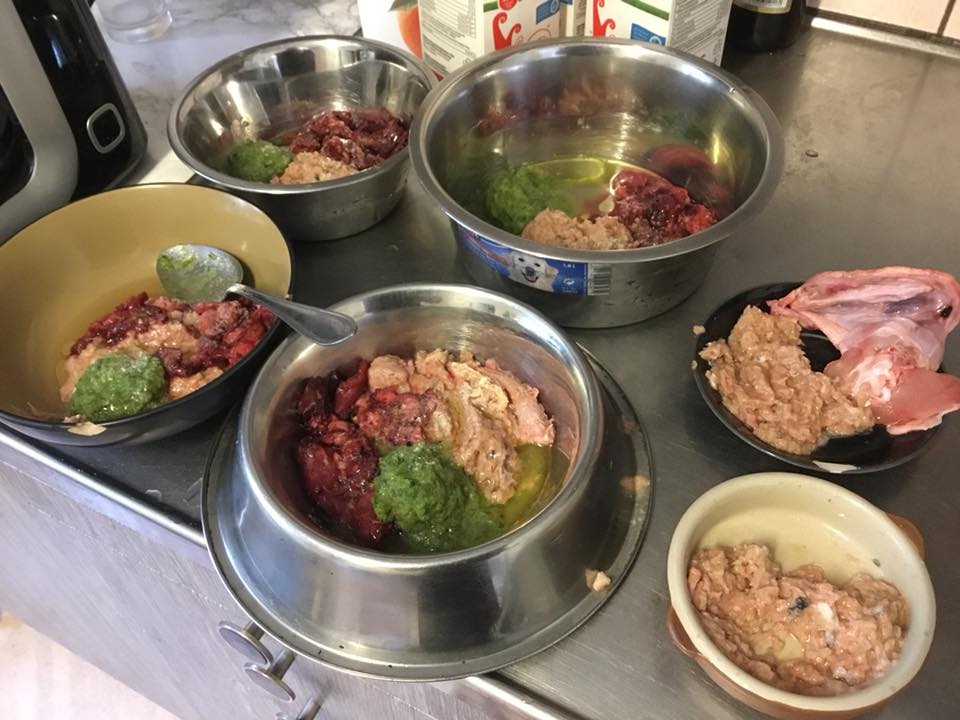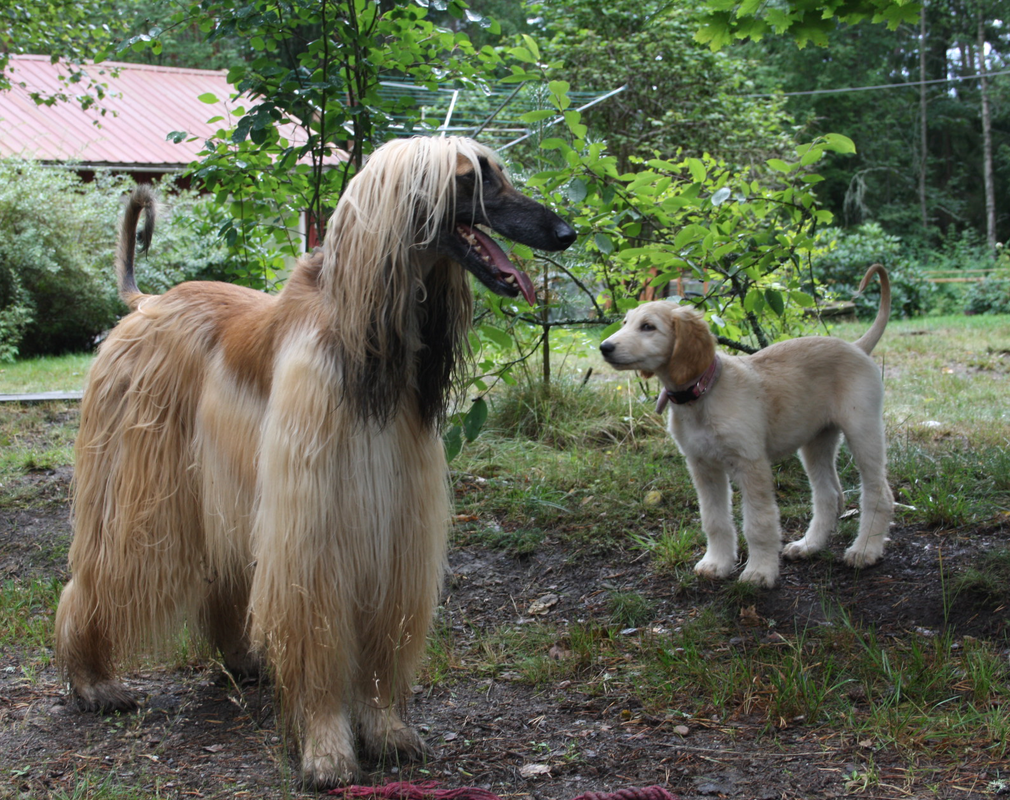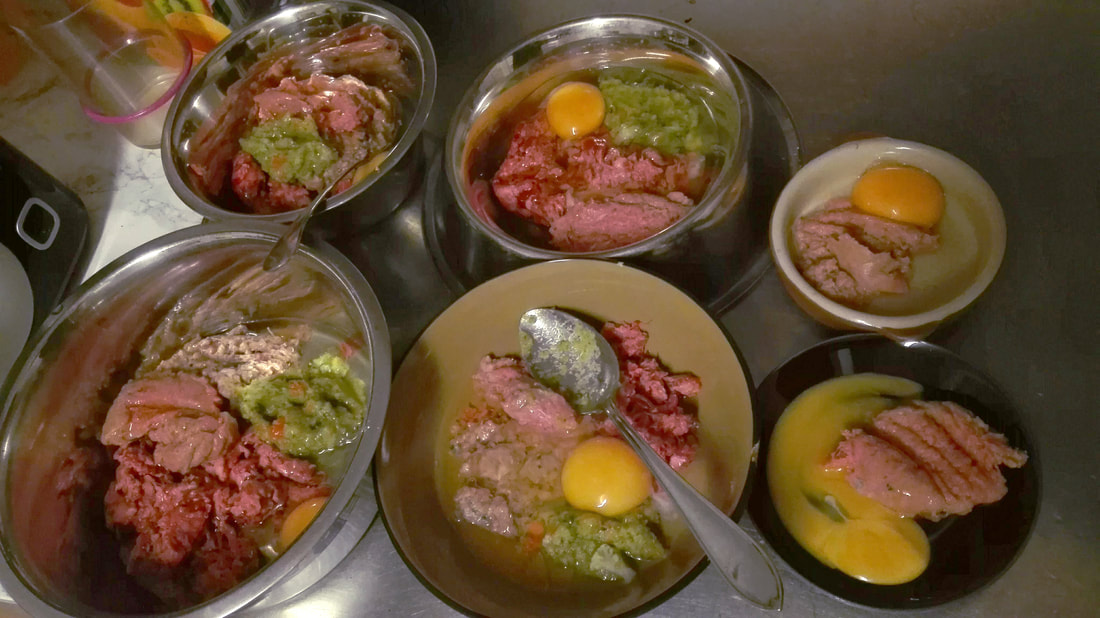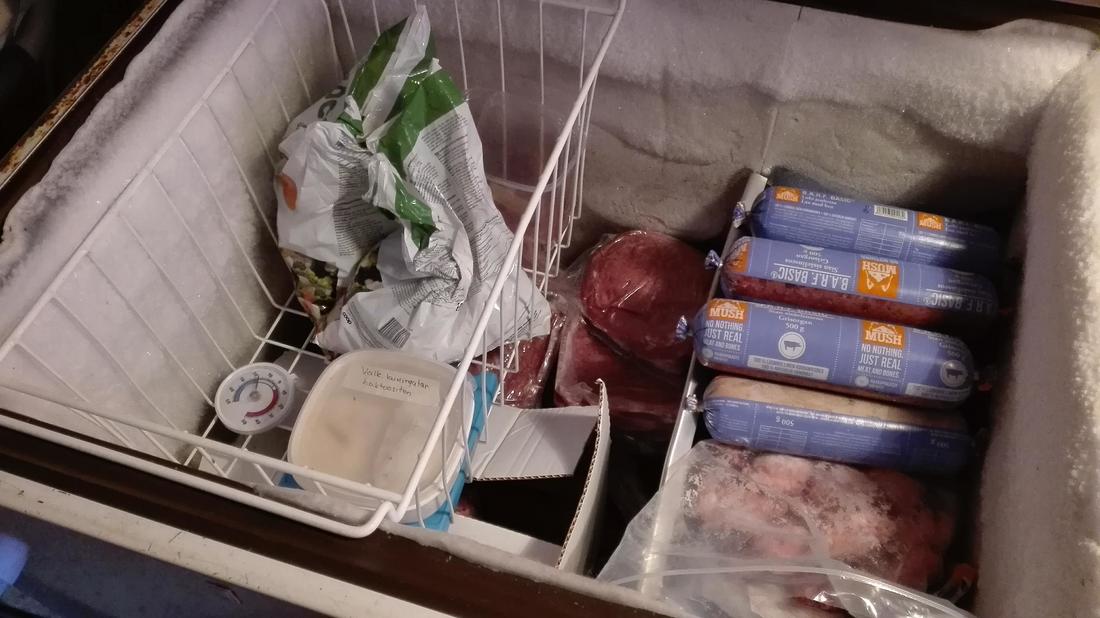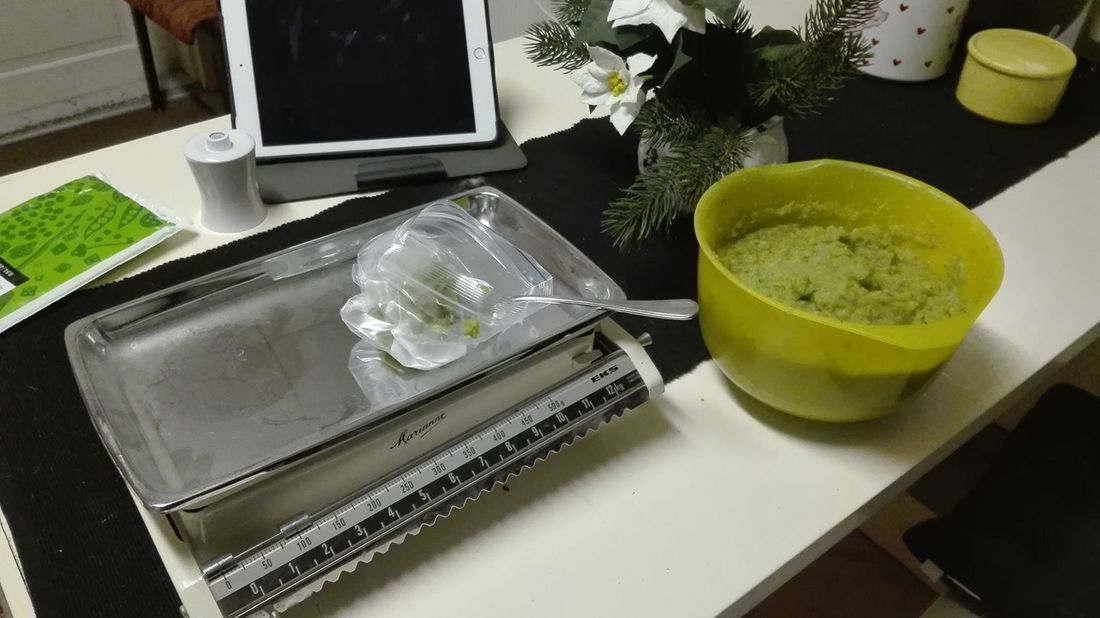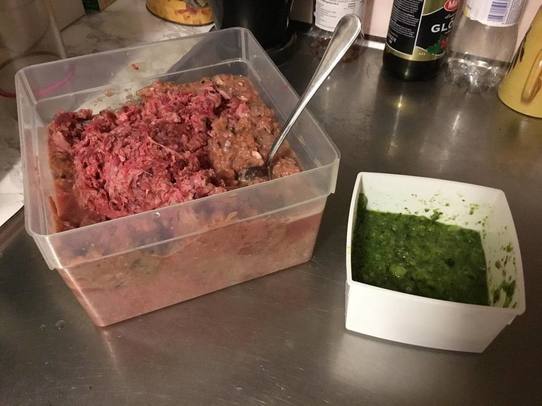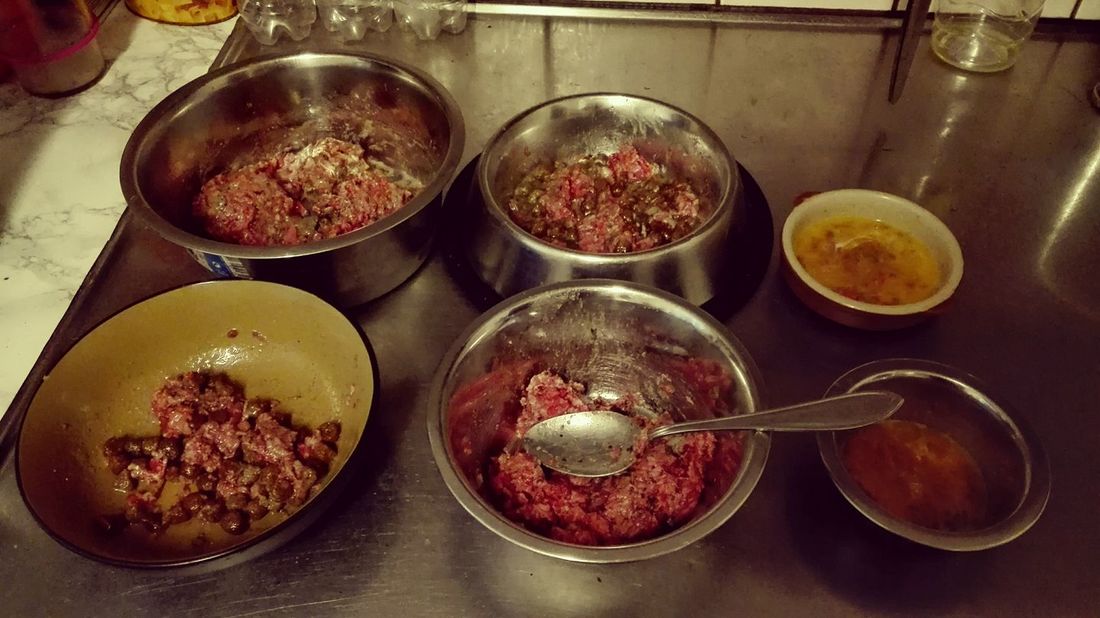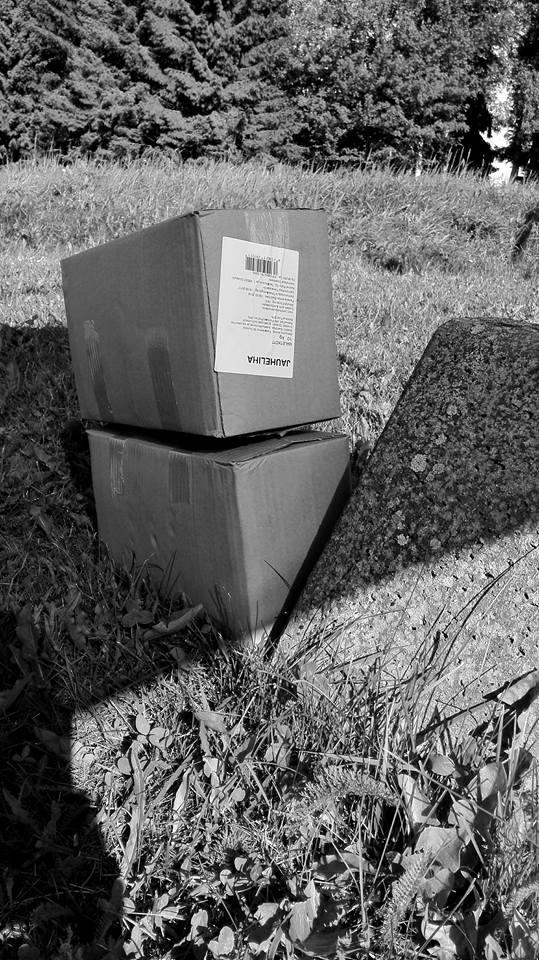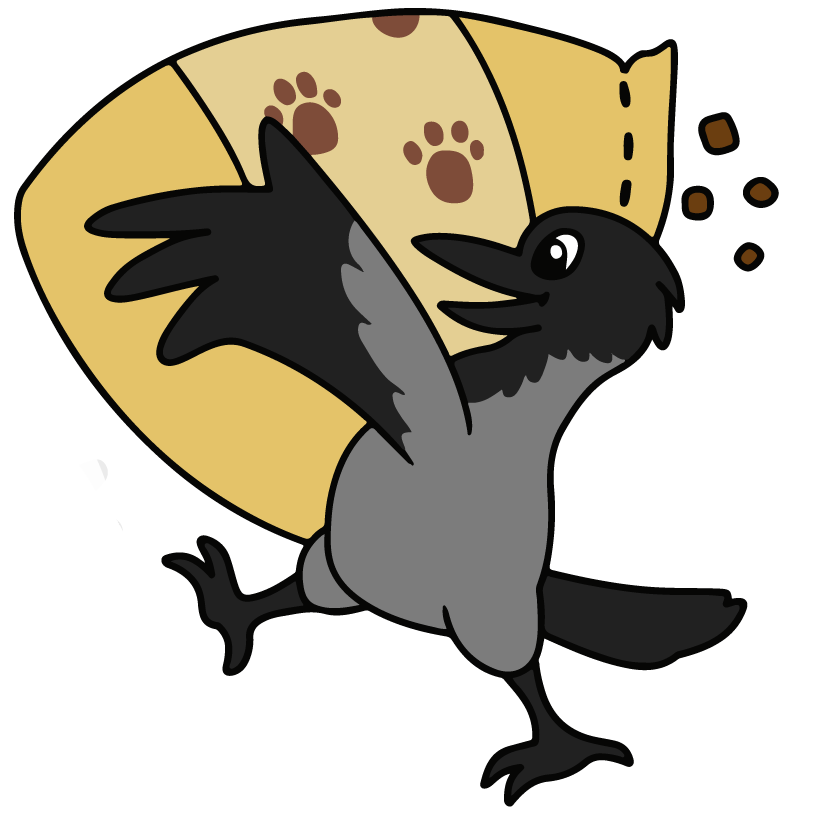Some long time readers may find a pattern here; when the weather gets bad and cold and humid, Nokkaelaimet becomes inactive. That is unfortunately something I can't help much. I have a chronic illness that gets worse during the fall, and due to the climate change (if you still wondered if it's true, welcome to Finland to experience it) fall lasts FOREVER here. Partly because of this and partly because of work and studying I haven't been able to focus too much on researching matters I have been asked about. Instead of any properly researched in-depth article, this time you'll get pictures of our every day life and some casual talk.My illness doesn't really have a name or a code, because this kind of a disease has yet to be properly studied. My situation was caused by breathing toxin and mold while working in an old building, and unfortunately while my condition gets better gradually, I can never completely heal and I developed some chronic issues because of that. This, along with work related stress, studying and some sort of a mental breakdown have slowed my researching down a bit. I have tried to update my Instagram (https://www.instagram.com/nokkaelaimet/) quite often, so head over there to have some pictures of fancy raw food. Also, as I have said before, you are free to use the comment section here and there to tell me if there is something you'd like to read about. So, to that casual talk, then! Not so long ago we had two vet visits.
Mrs. Aloofness visited the vet, also. both to get vaccinated and to have a lump on her side checked. The lump was diagnosed to be a lipoma, in all likelihood, and completely harmless. We celebrated these good news with getting her a new set of leg wrappers for the fall (I assume she might have appreciated something to eat more, but what can I say? It does get muddy around here). Like I said before, I have tried to be more active in Instagram and post pictures of our raw food diet there. I am happy to say our most beloved pet accessory store brought new meats for sale, and some of those meats are chopped meats instead of minced meats. This is a great change and I have enjoyed feeding my dogs something they can gulp, chew and bite. We have also found a couple of products we can use both boneless and with bone. I am not comfortable feeding Miss Dominance full bones, but she has responded well to ground bone and it seems to fit her digestive system better than calcium products, so we have moved further away from powders and more towards natural even in there! All my dogs like ground bone products, even though Mrs. Aloofness sometimes gets full raw chicken necks to crush just because she seems to enjoy it and I always have some around for Armo Svensson, my younger ferret. Nothing good without something bad, unfortunately. These humid fall days have made Mr. Arthritis very sore and he needs lost of massaging and restricting of too heavy exercise as well as pain killers during the worst days to cope. This is something I know passes eventually, but it's a grim reminder of the fact he is getting older and older. I hope winter arrives soon, so he could once again enjoy exercising like he loves to do. I think that's it for today. I have a post about crating coming soon; another one of those sensitive topics nobody really talks about but everyone has an opinion on. I have seen both the good and the bad sides of having to crate a dog for health purposes, and I think busting some myths about crating could serve a purpose. Not because I think crating is something everyone should feel comfortable doing every day, but because sometimes there might be situation in which you need to crate a dog. When that happens, it's beneficial to know some facts about the effects of crating, may they be good or bad. Till that day!
0 Comments
As long as there have been people feeding commercial foods to their. dogs there has been a debate of whether or not puppy food is good for your puppies. Those in favor say puppy food is a necessity, it has all the needed vitamins and minerals in a perfect, scientifically proven balance. Those against say puppy foods are not only unnecessary but even harmful for your puppies. First, we need to understand what is puppy food. What makes puppy foods differ from adult foods or foods meant for all life stages? Why were puppy foods developed the first place? Just like with us people, little puppies need more protein and in general more balanced diet than adults. Big food companies tend to recommend using their puppy formulas, but as one goes through the ingredient list, one big question arises; there is a difference, but it is minimal. Is it really necessary to feed puppy/junior formula, if there is no real difference between the foods? Let’s take an easy road here and compare RC Adult Maxi Puppy with RD Adult Maxi (as RC has all the % in their PDFs easy to access). This is NOT to be seen as a recommendation OR a critic). You can click yourself into an in-depth site about the foods yourself and have a peek. http://pro.royalcanin.co.uk/wp-content/uploads/2014/05/Click-here-to-download-the-Maxi-Adult-Pro-Technical-Sheet.pdf http://pro.royalcanin.co.uk/wp-content/uploads/2014/05/Click-here-to-download-the-Maxi-Junior-Pro-Technical-Sheet.pdf Let’s see the first paragraph. There is no significant important difference. Omegas are a bit higher in adult food. Second paragraph lists minerals. As puppy foods are often said to have more calcium than adult foods and a different calcium-phosphorus ratio, it is pretty surprising to see there is absolutely no difference in calcium and not any kind of significant difference in calcium-phosphorus ratio. As we go lower on the list, we’ll see pretty much the same list on both sides, with a slight raise in iodine and iron in the puppy food. Next paragraph of vitamins shows no surprise; almost the exact copy. Vitamin A is slightly higher in puppy formula, and even there we don’t really speak about anything major. There is one ingredient in the whole list of ingredients that appears only in puppy formula; lutein. Lutein is an antioxidant found in spinach, broccoli and eggs, for example, and it affects eyes and skin. RC Maxi Junior has 5mgs of lutein per kg, so 0,5 mgs per 100 g (just to give you a general idea of the amount, one egg contains 0.1 to 0.3 milligrams of lutein). At least in the case with RC Maxi Adult and RC Maxi Junior the difference between formulas is so insignificant it breaks a question; does a puppy really benefit significantly of puppy food? For research purposes, I compared yet another two common foods that offer both puppy and adult formulas. Hill’s Junior Large breed differed the most from Hill’s Adult Large breed, but the changes were still very minor. Most changes were with minerals such as copper and in the increased (slightly) amount of vitamin A, while calcium-phosphorus ratio remained the same and protein and fat levels were not that far from each other. Other vitamins than the mentioned A are about if not exactly the same. In Acana Puppy Large and Acana Adult Large the difference is ridiculously small. It is in fact so small the ingredients lists are almost completely exactly the same, and the changes in them, while they appear are hardly noticeable. So, all in all, we can right here in the beginning come into conclusion that puppy formula is so close to adult formula feeding adult formula to puppies MOST LIKELY doesn’t affect them negatively. But, once again, I am no nutritional expert nor do I recommend using this blog as an ultimate truth. Research, talk to people, make your own decisions. Is puppy food harmful to the puppies? This question raises up specially among large breed owners and breeders. The issue is, there are people saying feeding puppy formula to their puppies made the puppies grow too fast, causing abnormalities in bone structure. Some people and even vets say the exact opposite; that feeding adult formula will cause bone growth issues. First suggested reason to puppy food causing problems with growth is that puppy food has too much calcium. At least in large food formulas I researched, this was not true. There was no more calcium in puppy foods or in adult foods and the ratio between calcium and phosphorus remained the same. Another possible reason is too much protein. Once more, I did not see a significant raise in protein, however puppy foods do tend to have slightly more protein. This is because puppies need protein to grow. I asked a question in a raw food group I am in, wanting to know if giant breed owners or breeders have or have not fed puppy formulas, if they have used kibble or raw, and if they have noticed abnormalities. Out of 6 people answering, one person said two puppies fed with raw food (the breeder did not identify whether the food was constructed by the owner or if it was store bought complete raw food) had developed abnormalities in bones. Four people said they had fed their puppies mostly with raw, some self constructed and some with MUSH Vaisto Puppy, and they had not met problems. One person said she had fed her puppies with both raw and kibble (she identified the kibble as puppy formula) and the puppies had grown up OK. This leads me to think, if the problem with fast growth is both genetic and caused by feeding errors. You can make a difference in general to the dog’s life with a good diet, but there are things you can’t control. You can also break a perfectly healthy dog with a poor diet. So, it is very difficult to say whether or not, in cases where abnormalities form, the main cause is genetic, wrong kind of exercise, accident or feeding. One thing to note is that abnormalities are usually met with very large/giant breeds. This leads to another possible situation; large dogs may just be so big they are getting too big for their own structure. One thing one can possibly say quite safely is that excessive/too little calcium and poorly constructed diet cause problems with growth. Puppies are much less forgiving with feeding than adults. When you feed your pup with raw food, make sure you really meet all the requirements. If you choose to go with kibble or 50 / 50, always go for a good quality kibble. If it is puppy formula or adult formula most likely does not matter. Another important matter to remember when rawfeeding, besides making sure your dog gets all vitamins and minerals needed, is the quality of the meat you feed. It's a common practice to use lower quality parts of the carcass in order to make minced meats for dogs. This means less meat and more tendons, throat, lung and muscle membranes.Dogs can digest ”rubbish” parts of the carcass, as can we people. The problem is, there are little to none important vitamins and minerals in those parts of the body. We are talking about tissues that hold no vital nutrients, take longer to digest and can cause issues with the digesting system. One of the main reasons raw fed dogs develop rock solid stools is feeding too much bone and feeding low quality meats. If you are not willing to pay loads of extra and only use human consumption quality meats from your nearest grocery store or raise your own meat, you unfortunately need to do a little research trying to find proper quality meats. It all likehood you can't find super meats, but you can find decent and good meats. As long as the meat is clean and you use the best product you can get with as much meat as possible, you are good to go. How can I tell a good meat from garbage?
Second factor is the smell. I recently changed our cow meat, which was not the best possible, to a new, way better beef, and the change in smell was huge. The previous meat, also stringy and filled with big pieces of whatever garbage parts of the body, also smelled horrible when defrost. This new meat smells the same as the minced beef I use to make meatballs (or I would use, if I'd make meatballs). It is finely minced and has nice texture and it's not overly bloody either. Third factor is, unfortunately, the prize, but let me tell you, it doesn't always tell the ultimate truth! True, if the meat is dead cheap, it is probably not that great. Have a look at the prizes of different brands, ask around, and then pick test packages to defrost. That way you can find a nice quality food. II will list some good picks I use myself down below, but since I live in Finland and most people in the world don't, you might need to sneak around and do some research on your own among your own meat manufacturers. Risks of membranes and cartilage
Even if your dog is able to digest these worse quality meats, their stools often get rock solid. This was one of the reasons I became aware of the problem; the stools were always hard no matter what I did and how much I fed fiber. When I played around with the meats and made sure I use better quality meats, the stools gradually got better.
|
| First of all, quality costs. I have a serious problem with some raw feeders and actually non-raw feeders too for choosing the cheap option JUST because ”no way I am paying that much”. It is common within raw feeders to use supplements meant for cows and other farm animals and just dilute them with water. They are still too strong to be given daily, so they are given once or twice a week. I have done this myself too with ADE liquid, but there is no real justification in that. I can't go on the whole week without eating any vitamins or minerals whatsoever and then eat one weeks amount of supplements on Sunday. It makes no sense. Most of the good stuff gets out of the system that way, and the very next day deficit is there again. Some use products meant for people. This is more OK, should you know what you are doing, but I don't feel comfortable doing that. The only thing I actually do use from the human side is fish liver oil, since it's the same exact product for both animals and people. My dogs eat 70 to 80 euros worth meat per month, depending on how much turkey I use. My preference is 50% turkey, 25% beef/pork and 25% fish, but since turkey is expensive, during some months I may go 50% pork/beef and 25% turkey instead. |
These two combined the expenses of the current diet would be 125 euros max, 105 euros min. To compare, feeding with complete food formula from MUSH the expenses would be around 130 to 140 euros. So, I save a little mixing the meats myself. This is only practical when owning many dogs. With one or two I'd surely go with complete raw food formula and just add zinc and D.
So, yes, it's expensive, HOWEVER we have to remember I have four dogs. If we divide that 125 euros with four, and then divide that with the average mathematical value of days per month, 30, we get whooping 1,04 euros per day per dog. From food specifically planned for this certain dog, from the best possible ingredients, 1 euro and 5 cents is hardly expensive.
Same goes with MUSH Vaisto.
How does it look irl?
Well, it looks like this:
I add 450 to 500 grams of meat mix I have prepared. This mix consists of 1000 grams of grounded turkey, 500 grams of grounded beef/pork, 500 grams of grounded fish and about 100 grams of veggies (usually grounded raw spinach, broccoli, cauliflower and carrots, along with some possible seasonal berries like cowberries, blueberries, apples, zucchini etc.)
To this I add supplements based on the dog's weight. For Mss. Dominance this would be about 2 grams of calcium in total, so I don't really add that much because the salmon I use already has calcium, a little bit of seaweed, 2 pills of Avital Biotin, 5ml of fish liver oil (when we use it), half a teaspoon or so of liver, some rapeseed oil (I hate that name, seriously), some sunflower oil, some grounded flax if needed. Sometimes I add lactic acid bacteria, sometimes I crack an egg there and reduce the amount of meat a bit.
It sounds like a hassle, and it is a bit, so I usually give all supplements during evening. In the morning I only give the meat mix with some added grounded flax and oils, because it's faster. I have more time to play jar bingo in the evening.
* just to mention, I do use Working Dog Hyaluron 365 for my boys every day, but as it's not a must, I left it out of this post. I talked about it more in my post about arthritis. We also have kibble days every now and then, usually when I forgot to defrost food, and boys get some kibble every day because they tend to get hungry during the night if they don't get kibble in the evening, but most of our diet is based on raw meat and the calculations above.
I have always been very keen on learning how I can improve the life and health of my dogs. Food is one big factor in how healthy and how long a dog lives. There are dogs who eat ”bad” food their whole lives and still live long, but those dogs are to be considered very strong individuals that could have maybe done even better with proper diet. It is also quite often, from my experience at least, that modern breeds that have been selectively bred by people for a long time and are not as original as some older breeds do better with stuff like wheat, corn and everything with sugar in their diet. Original breeds that are still relatively closely related to wolves and original stock have more problems digesting things that were not meant for dog's digestive system (once again, this is just my own speculation and something I have noticed over the years).
Carbohydrates
The most common problem created by excessive use of carbohydrates is obesity, along with problems like diabetes. A dog is just plain and simply not made to use that much carbohydrates. However, because dogs CAN use carbohydrates for energy to some extent, and because the sources of carbohydrates are cheaper to use for the companies, commercial dog foods often use lots of sources of carbohydrates as part of their ingredients.
It is often recommended that puppies are not fed low-carb diets, however many companies producing low-carb diets have puppy foods. There is no real reason to why puppies should have high level of carbohydrates in their food if they are offered enough protein and they get all the supplements they need to grow.
Carbohydrates are not to be mixed with fiber, that does indeed serve a purpose in food. It is, however, not needed in great amounts. A little goes a long way.
Damn it - it's yeast
Afghan hounds are prone to yeast. It's a common thing in the breed due to the breed's ”originality” and because of their long, quite heavy hanging ears. It is possible a dog developes yeast because of humidity, but it's even more common because the dog gets too much sugar from it's diet.
Yeast needs sugar to live. The yeast infection of a dog is simply an overgrowth of the natural bacteria the dog already has in it's normal flora. It's usually a symptom of the imbalance of digestive system, either because of allergies or inability to use as much carbohydrates the dog is fed.
”Diet is the foundation of health. The way you nourish your dog is either going to help his immune system manage yeast, or it's going to feed a potential or existing yeast overgrowth situation.” - healthypets.mercola.com
So quite simply, if your dog has yeast, you should take a look at it's diet. Are you feeding your dog a food it can process, or are you expecting it's system to digest food that is actually not appropriate for it's species? Before you go on trying million different hypoallergenic kibble, take a moment and consider the possibility of going raw.
raw food diet
Allergies are always a symptom of an immune system failure, however if your dog is ”allergic” to wheat or gets yeast from too much sugar, it is not to be considered suffering from immune system failure but simply having a digestive system of a more original canine. The fact some dogs are better using carbohydrates and dealing with sugars is not a reason to call the others allergic. Allergy is something caused by an overactive immune system failing to see what is to be considered a threat and what is not. Yeast is simply an overgrowth of bacteria that feed on sugars (however, in some cases it is caused by allergies).
Raw food diet is not feeding raw bones and hoping the dog survives (that is actually called BARF and it's not healthy for the dog. It provides mostly calcium with the loss of everything else). It is feeding raw MEAT. Bones are actually quite small part of any canine's diet, and therefore they shouldn't be too dominant in raw feeding either. In some cases you can't use bones at all, but you can still feed your dog raw meat as long as you prove the source of calcium.
What does this benefit, then?
Well, obviously it's the most natural way to feed a dog! Most dogs do great with raw, most do great with getting some raw and then getting kibble. Some dogs that have digestive system problems may be bad at using lots of fat and therefore some very rare cases may benefit better from a high quality kibble than from raw food. This is totally alright, as long as the kibble fed is good quality. I myself avoid kibble with corn, rice, potatoes or sweet potatoes, as they are high in sugar and sugar is exactly what I don't wish to have in my dog's diet.
Raw food is mostly just protein and fat, and with added supplements (such as vitamisn A, D and E, calcium and zinc) it answers to the basic need of a dog. Your dog is a meat eater. Take a look at it's teeth – are those made for biting rice or ripping the flesh of a prey? Often dogs that are fed raw have more energy. This is simply because they can use their food faster and better.
Raw is what nature meant for canines to eat.
Mistä on kyse?
Koko elämänsä koiria harrastaneen raakaruokintafriikin ajatuksia, pohdintoja ja elämää koiralauman kanssa.
Historia
June 2022
October 2021
September 2021
August 2021
July 2021
June 2021
May 2021
April 2021
March 2021
February 2021
January 2021
December 2020
August 2019
January 2019
November 2018
October 2018
September 2018
July 2018
June 2018
May 2018
April 2018
March 2018
February 2018
January 2018
December 2017
June 2017
August 2016
May 2016
February 2016
August 2015
Kategoriat
All
Development
Elekieli
Exercise
Feeding
Health
Koiranlukutaito
Koirarodut
Learning
Näyttelyt
Negative Reinforcement
Oppiminen
Positiivinen Vahvistaminen
Positiivisuus
Positive Reinforcement
Rodunomaisuus
Rodut
Shows
Training

